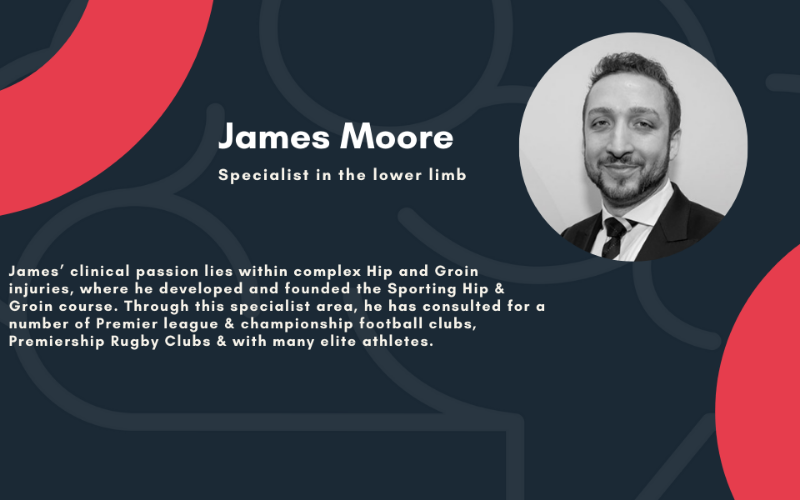Webinar Creating athletic movement
This webinar will begin to explore the laws of physics around movement, and how different tissues help to regulate that movement. It will go on to explore the immediate response of all tissues (muscles, ligaments, tendons, bone, fascia and joints) to a stressful stimulus, and whether that adaptation will be a positive one or a negative.
Description
Taal scholing: - Geaccrediteerd algemeen & sport register - Keurmerk: 3 punten - KRF: 3 punten - ProQKine: 5 NE
The human body is a highly complex system, and when it comes to movement that is no exception. It requires the careful and precise coordination of a variety of different tissues and their interaction with joints, all of which is regulated by the nervous system. We regularly observe movement and make assessments based on those observations, however, what we do not always know is why we move in certain ways? The human body is a highly complex and adaptive system. This complexity is compounded during movement which requires the careful and precise coordination of a variety of different tissues that interact with joints, all of which is regulated by the nervous system. We regularly observe movement and make assessments based on those observations, however, we are not always able to answer a fundamental question: why do we move in certain ways?
This webinar will begin to explore the laws of physics around movement, and how different tissues help to regulate that movement. It will go on to explore the immediate response of all tissues (muscles, ligaments, tendons, bone, fascia and joints) to a stressful stimulus, and whether that adaptation will be a positive one or a negative. Rather than focussing on which exercise to do for an injury or problem, the webinar will improve the candidates ability to understand and make decisions on what change (adaptation) they are trying to get in the subject / patient, and therefore what are all the options available to get that response.
